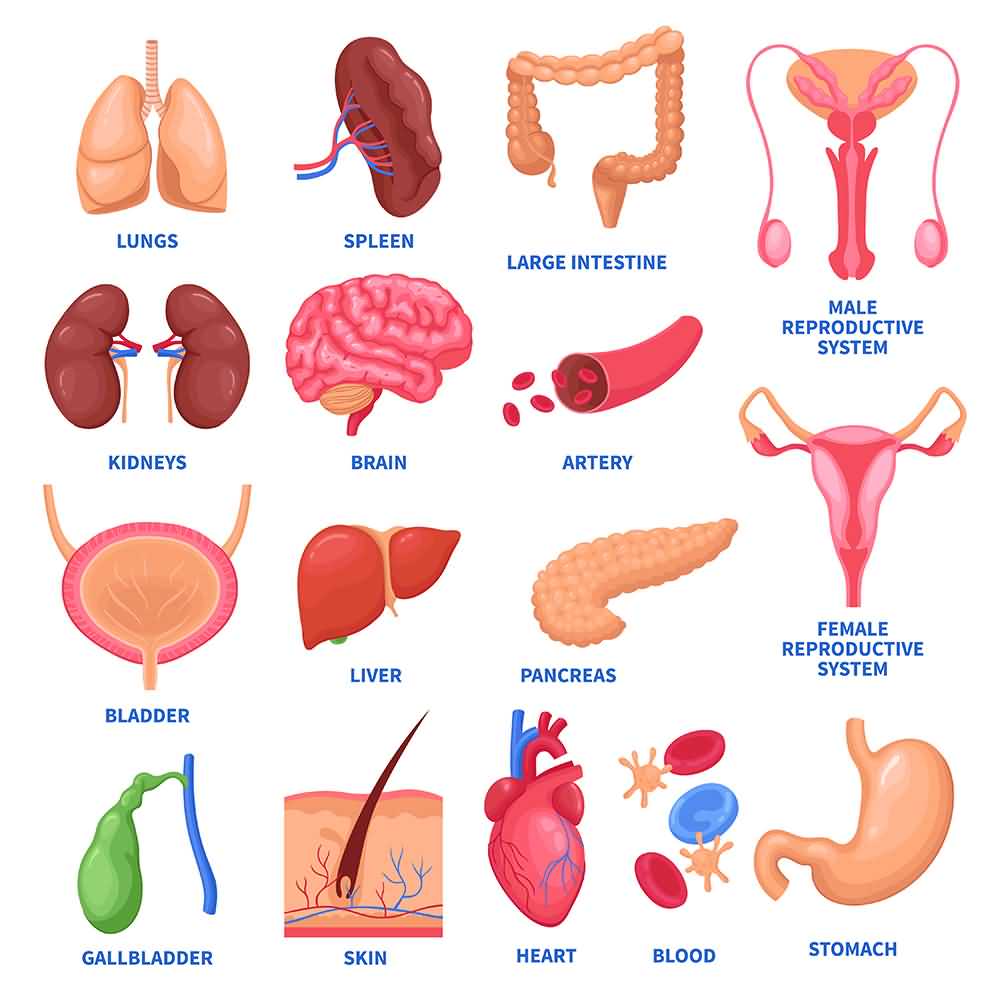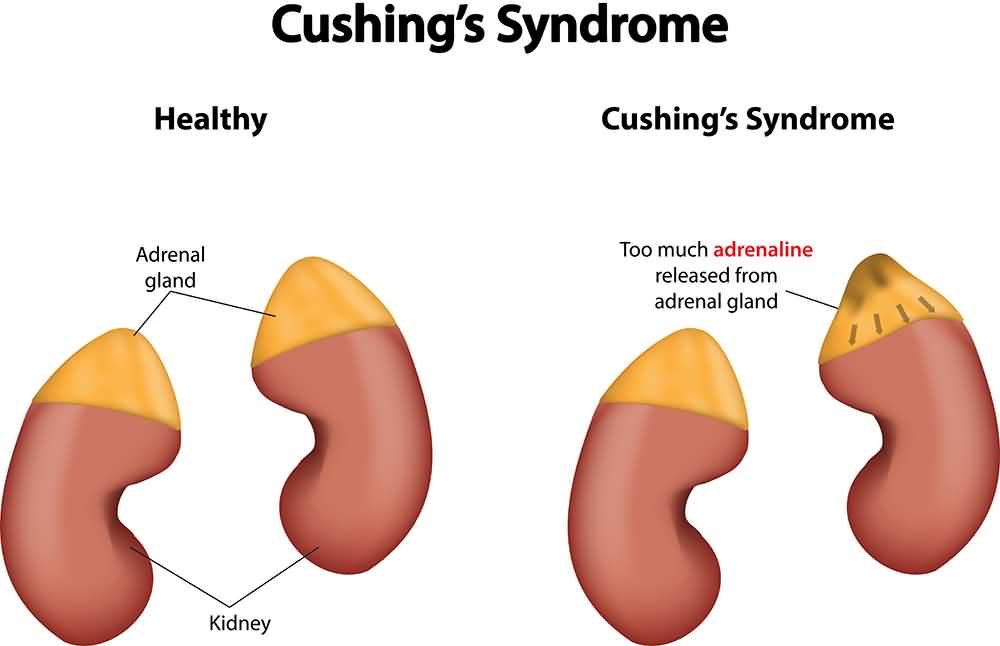15) Paraneoplastic Syndromes

Other than physical and pressure symptoms discussed ahead, some types of lung cancers also cause problems with distant tissues and organs due to the production of certain hormone-like substances that enter the bloodstream.
These remote signs and symptoms due to these chemicals are collectively called paraneoplastic syndrome. According to some experts, paraneoplastic symptoms could be the first symptoms that appear in lung cancer patients because it affects organs other than the lungs. The two most common paraneoplastic syndromes associated with lung cancer include;
1. Cushing Syndrome

This syndrome occurs due to the presence of excess ACTH (adrenocorticotropic hormone) in the blood. ACTH further increases the production of cortisol, a hormone that acts on the adrenal glands and causes Cushing syndrome. This syndrome is characterized by multiple symptoms that can affect your body from head to toe.
Its most common symptoms are weight gain, muscle weakness, easy bruising, moon-like face, a collection of fat at the back (buffalo hump), coarse hair, restlessness, confusion, dizziness, and fatigue. The most troublesome symptoms of Cushing syndrome include high blood sugar levels and high blood pressure.
2. SIADH (syndrome of inappropriate anti-diuretic hormone)

The cause of this syndrome is similar to the Cushing syndrome, i.e., cancerous cells in the lungs produce certain hormone-like substances that further act on distant tissues to cause problems. The hormone-like substance in this syndrome is ADH (anti-diuretic hormone), which affects the kidneys. ADH causes kidneys to retain water in the body that leads to an increase in blood volume as well as a decrease in salt levels in the body.
This metabolic shift in the body is called SIADH. The common symptoms of this syndrome include loss of appetite, fatigue, muscle weakness and cramps, nausea, vomiting, and diarrhea. If left untreated, it may lead to seizures, coma, and death.


